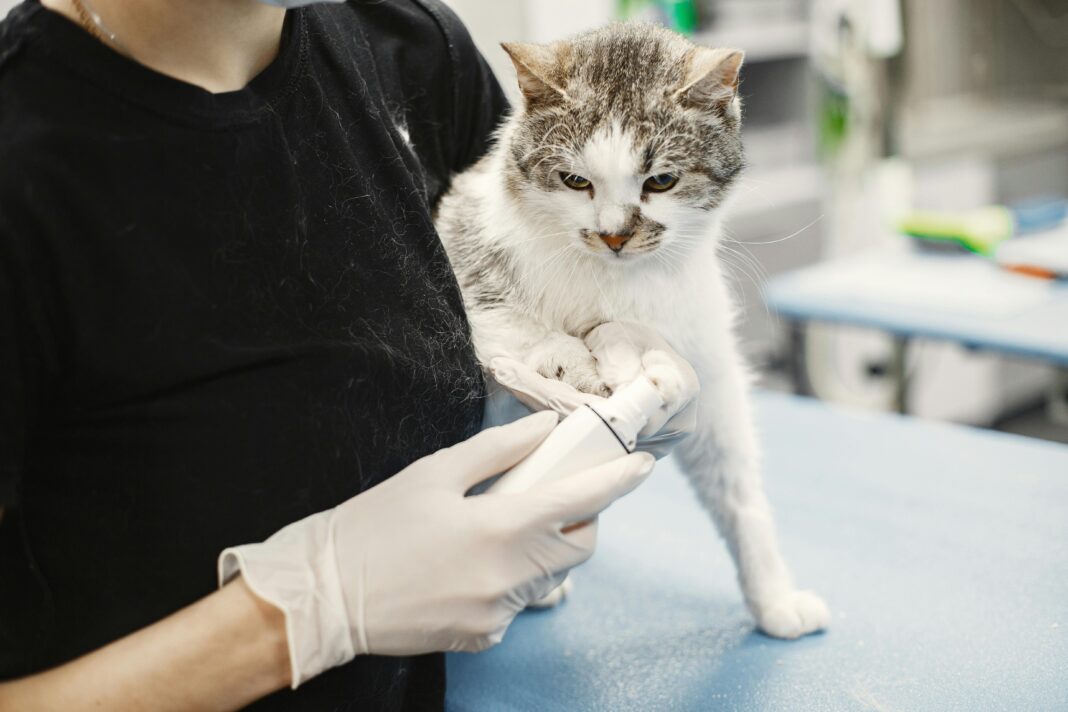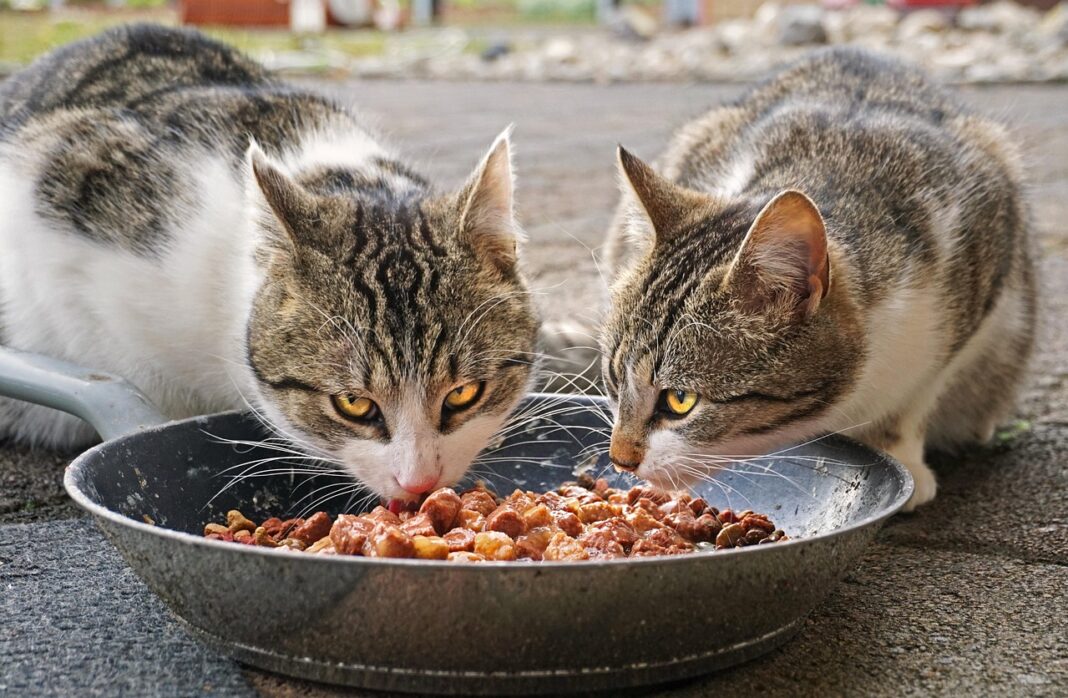Feline Leukemia Virus (FeLV) is a serious viral infection that can drastically affect your cat’s health. As a pet owner, it’s essential to understand this disease, its implications, and how to care for your feline friend effectively. This guide will provide you with comprehensive insights into FeLV, ensuring you are well-prepared to support your cat’s health.
What is Feline Leukemia?
Feline Leukemia is a retrovirus that affects cats and impairs their immune system. It is one of the leading causes of illness and death in domestic cats. FeLV is not transmissible to humans or other species, but it can spread between cats through saliva, urine, and close contact. Understanding how this virus operates can help you take preventive measures.
Causes of Feline Leukemia
The primary cause of FeLV is a viral infection that is spread from cat to cat. Here are some key transmission paths:
-
- Bite Wounds: Aggressive interactions can lead to bites, which can transfer the virus.
-
- Grooming: Cats that groom each other or share food and water bowls can transmit FeLV.
-
- Mother to Kittens: Infected mothers can pass the virus to their kittens during pregnancy or through nursing.
Knowing these causes can help you mitigate risks, especially in multi-cat households.
Symptoms of Feline Leukemia
Cats with FeLV may not display symptoms immediately, leading to delayed diagnosis. However, common symptoms include:
-
- Weight Loss: Noticeable decline in weight despite normal eating habits.
-
- Poor Coat Condition: Dull, unkempt fur may indicate health issues.
-
- Fever: Persistent fever may be a sign of infection.
-
- Lethargy: Lack of energy and decreased activity levels.
-
- Persistent Infections: Frequent respiratory or oral infections due to a weakened immune system.
If you notice any of these signs, consult your veterinarian promptly.
Diagnosis of Feline Leukemia
Diagnosing FeLV involves a few straightforward steps:
-
- Physical Examination: Your veterinarian will assess your cat’s health and look for symptoms.
-
- Blood Tests: The most common test is the ELISA test, which detects the presence of the virus in the bloodstream.
-
- Follow-Up Tests: If your cat tests positive, further testing may be necessary to understand the extent of the infection and any related health issues.
Regular check-ups are crucial for early detection, especially for high-risk cats.
Treatment Options for Feline Leukemia
While there is no cure for FeLV, several supportive treatments can improve your cat’s quality of life:
-
- Regular Veterinary Care: Keep up with vaccinations and regular health checks to catch secondary infections early.
-
- Nutritious Diet: A balanced diet can bolster your cat’s immune system. Consult your vet for the best options.
-
- Medications: Antiviral drugs and immunomodulators may help manage symptoms and prolong life.
-
- Stress-Free Environment: Reduce stressors in your cat’s environment to help maintain their immune system.
Practical Tips for Care
-
- Isolate Infected Cats: If you have multiple cats, keep those with FeLV separate to prevent transmission.
-
- Provide Enrichment: Engage your cat with toys, scratching posts, and interactive games to stimulate their minds and bodies.
-
- Monitor Health: Keep a close eye on any changes in behavior, appetite, or energy levels.
Prevention of Feline Leukemia
Preventative measures are vital to keeping your cat healthy:
-
- Vaccination: Vaccination against FeLV is highly recommended, especially for outdoor cats or those in multi-cat households. Discuss your cat’s vaccination schedule with your vet.
-
- Routine Testing: Regular testing for FeLV should be a part of your cat’s health regime, especially when introducing new cats to your home.
-
- Spay/Neuter: Spaying or neutering can help reduce aggressive behaviors that lead to fights and potential virus transmission.
Socialization and Environment
Ensuring a safe environment for your cat is also crucial. Limit exposure to unknown cats and provide a secure space where your pet can feel safe. This not only reduces the risk of FeLV but also helps mitigate other health issues.
Living with a FeLV-Positive Cat
If your cat tests positive for FeLV, it’s not the end of the world. Many cats live long, fulfilling lives with the virus.
-
- Daily Care: You’ll need to provide extra care, including more frequent vet visits and careful monitoring of health.
-
- Emotional Support: Cats often sense changes in their environment. Being attentive and providing comfort can help ease their stress.
-
- Share Knowledge: Educate friends and family about FeLV to ensure they understand your cat’s needs and can help support you in their care.
By understanding Feline Leukemia and implementing these care tips, you can help ensure a happier, healthier life for your cat. Recognizing the signs, pursuing prompt veterinary care, and taking preventative measures are key strategies in navigating this challenging condition.





